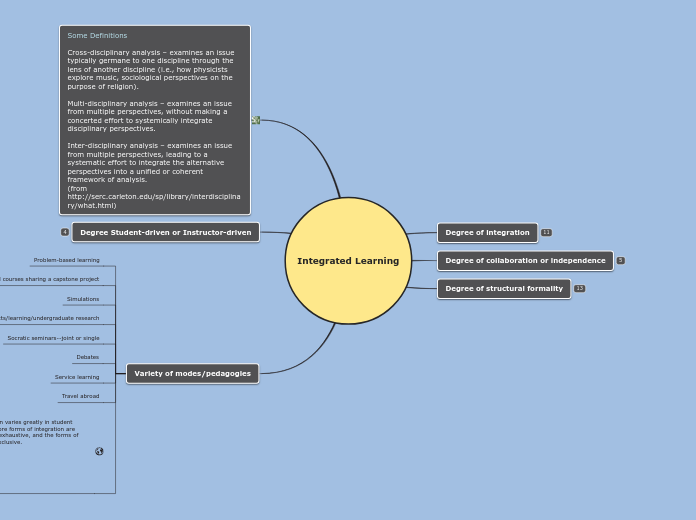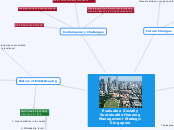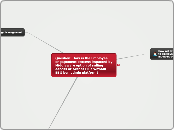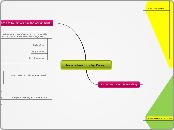door Kristina Young 5 jaren geleden
367
Interdisciplinarity as a Mind Map
Integrated learning involves the examination of an issue from different disciplinary perspectives. Cross-disciplinary analysis focuses on viewing an issue typical to one discipline through the lens of another, such as a physicist studying music or sociologists examining religion.









